8 Web Design Aesthetics that Will Dominate 2024
In the ever-evolving realm of web design, aesthetics aren't merely about appealing visuals. They shape user experience, guide navigation, and create lasting impressions. The true objective of any efficient design is to ensure the comfort, satisfaction, and safety of its users. Today, we explore how 2024 is making strides in harmonizing current trends with empathetic and error-free communication.
1. Behind the Scenes: The Minds Crafting the Future
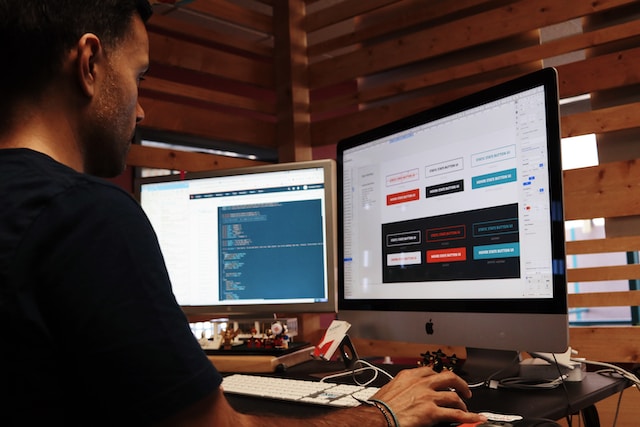
Every magnificent structure owes its beauty to its architects. Similarly, web design trends evolve from the brilliant minds of professionals. Their experience and insights are a testament to their understanding of the digital world's constant motion. Marek Štrba is one of the most prominent examples of modern designers and creators of modern design trends. His approach to motion design can significantly improve the industry wholly.
2. Web3 Design Evolution: The Next Phase of the Internet
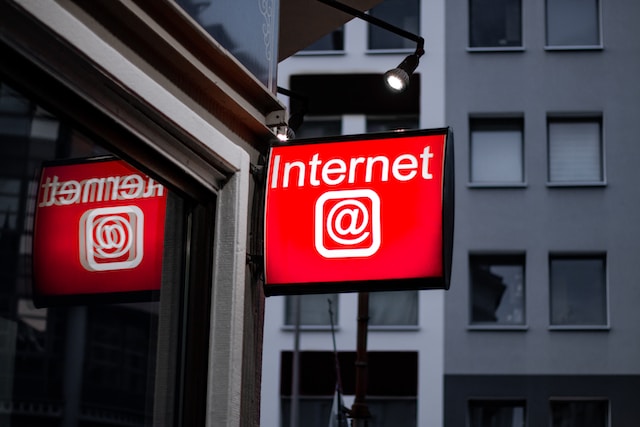
If Web 1.0 was about reading, and Web 2.0 was about interaction, Web3 (or Web 3.0) is about integration. It's not just a leap; it's an evolution. Merging the realms of decentralization, blockchain, machine learning, and community-driven designs, Web3 revolution promises a holistic digital experience.
A significant shift is the visual language of Web3. Typography isn't just about readable fonts anymore, but how they resonate with the decentralized theme. The gradients are bolder, often resonating with the digital themes of crypto platforms and blockchain interfaces.
3D elements are no longer just ornamental. They're functional, guiding users through Metaverse explorations. And speaking of the Metaverse, Web3 designs are expected to bridge the gap between reality and the virtual, demanding responsiveness not just across devices but also across VR and AR platforms.
This year, you might find yourself visiting a website and then virtually 'stepping' into it through your VR headset – an immersive experience that only becomes richer with enhanced accessibility features.
3. The Economic Influence: Price Consciousness & Employee Appreciation
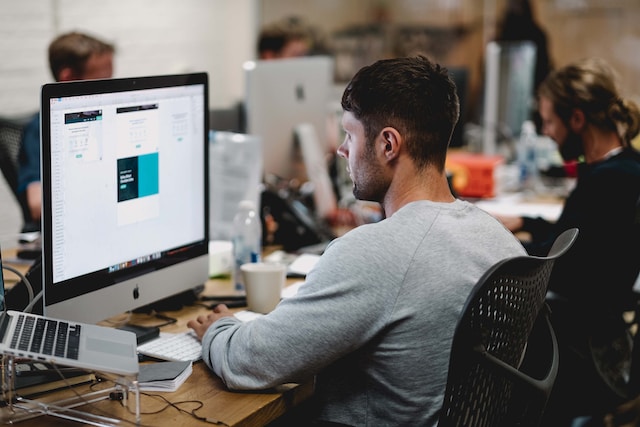
The world economy doesn't just influence markets; it shapes how brands communicate with their audience. With growing economic concerns, users now lean towards businesses that reflect their fiscal apprehensions.
Brands like Target have smartly infused their designs with price-focused messaging. This doesn't just resonate with users on a budget but establishes trust – a brand aware of and addressing current economic conditions.
Having an aesthetic design is no longer enough, you should focus on creating a marketable design while keeping aesthetics to a certain standard. Don’t take marketable design like a bland representation of corporate greed. It is much more user-centric and honesty focused. Just like the example of McDonald’s.
Their recent "Thank You Crew" campaign is a stellar example of marketable design. The design aesthetics weren't about burgers, but the people making them. Such designs echo authenticity and appreciation, which are crucial for attracting and retaining talent in today's competitive market.
As we've delved into the preliminary trends that 2024 promises, it's clear that the web design landscape is blending the cutting-edge with the compassionate. These aesthetics are not just about 'looking good' but about 'feeling right' for the users.
4. Minimalism Meets Maximalism: From Subtlety to Overstimulation
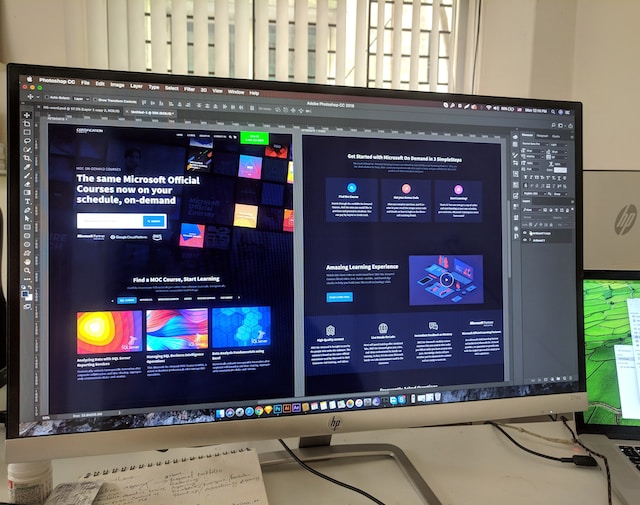
In the dance of aesthetics, two contrasting rhythms emerge, shaping the future of web design: Minimalism and Maximalism.
The Calm Pulse of Minimalism:
Minimalist designs have long held a revered spot in digital artistry. A streamlined look, free from clutter, and the sheer simplicity of mobile apps have been evidence of its success. For instance, Spotify’s clean user interface, with its subdued palette and intuitive navigation, results in a staggering user base growth of 25% annually. Such designs, with their clean layouts, offer users a frictionless experience, improving conversion metrics dramatically.
The Rush of Maximalism:
However, the winds of change have ushered in an era of maximalist aesthetics—lively animated backgrounds, immersive 3D realms, and bold color bursts to create a sensory carnival.
Brands are realizing that an overstimulated design can stand out, drawing users into their universe. This trend can be spotted in the rise of vibrant web portals that fully embrace the essence of 'more is more. A great example is Adobe’s recent campaign that uses a collage of animations, graphics, and bold typefaces to convey its comprehensive creative suite.
Striking a Harmony:
The crux lies in striking the right balance. It's vital for brands to maintain their unique personality, regardless of the simplicity or intricacy of the design. The web design's pendulum shouldn't swing so far towards maximalism that it drowns out brand essence, or so minimal that it becomes forgettable.
5. Nostalgic Nuances: '90s Navigation & Scrapbook Aesthetics
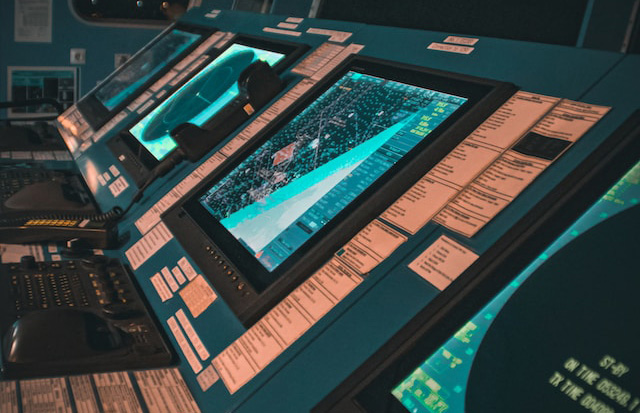
The digital world has seen a heartening journey back to the aesthetic signatures of the '90s.
Reliving the '90s:
There’s a growing affinity for the raw, unpolished look of the '90s web design principles. Navigation cues that mimic the chunky, pixelated buttons or glittering icons reminiscent of early web interfaces are making a comeback.
Brands like Tommy Jeans recently launched a campaign that entirely rests on a '90s aesthetic, complete with pixelated graphics and nostalgic pop-ups, generating a 40% increase in user engagement.
The DIY Scrapbook Touch:
Tactility returns to the web canvas through DIY and scrapbook elements. Hand-drawn icons, textures reminiscent of torn paper, and collage-style layouts bring forth an authentic, personal touch.
This tactile design makes the digital feel more 'real,' resonating with audiences seeking genuine experiences. Brands like Converse have embraced this with their recent website redesign, offering a scrapbook-style product showcase, evoking a sense of nostalgia and creativity.
6. Crafting Illusions: Holographic & Parallax Designs
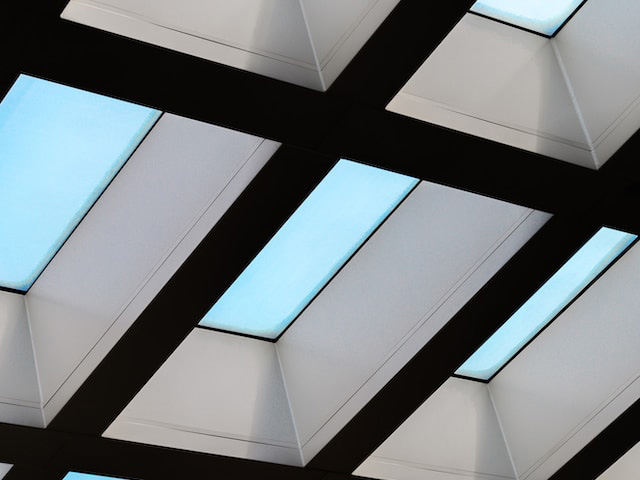
The webspace is increasingly becoming an arena for visual enchantment.
Holographic Wonders:
Three-dimensional illusions that dance and change as you scroll are gaining traction. Holographic designs, with their shimmering, multicolored sheen, bring a futuristic vibe to web portals.
E-commerce platforms especially leverage this to give products a surreal, almost magical showcase. Luxury brands like Gucci have adopted holographic imagery, witnessing a 30% boost in product click-through rates.
Plunging Deep with Parallax:
The parallax effect, where background images move slower than foreground images, offers an illusion of depth, making 2D interfaces feel 3D. A more recent trend is the parallax zoom scrolling, where images seem to draw the user into the horizon.
Nike, for instance, utilized this in their latest sneaker launch website, making users feel they're delving deep into the shoe's world. Such designs offer an immersive experience, keeping the users hooked and enhancing session durations by a median of 28%.
7. Accessibility & Inclusivity: Designing for All
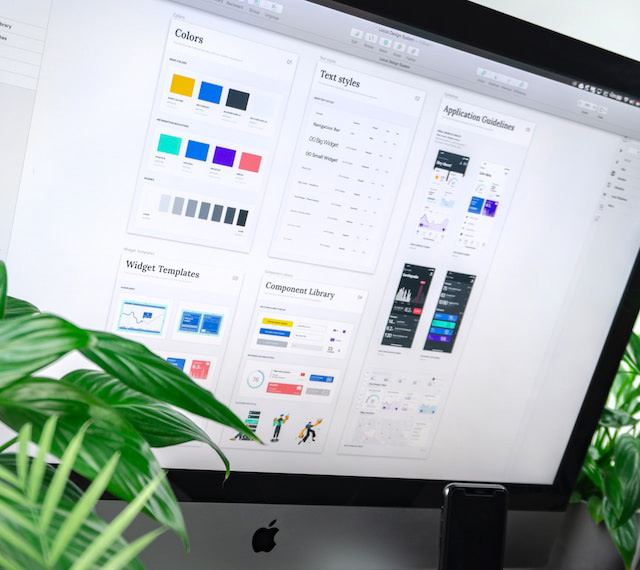
Prioritizing Universal Design:
As the internet becomes increasingly indispensable, web strategies catering to diverse user needs to become crucial. This involves creating designs that accommodate individuals with disabilities, ensuring that visuals, sounds, and interactivity are perceivable, understandable, and accessible to all.
Tools and Technology:
Brands are integrating assistive tools like screen readers, voice commands, and magnification. Web Content Accessibility Guidelines (WCAG) set the standard for accessibility and inclusivity. Companies such as Apple and Microsoft have been at the forefront, adopting these guidelines and even pushing the envelope with innovative assistive technologies.
Celebrating Diversity:
Beyond just functionalities, the web has become a place to celebrate diverse voices. Websites now showcase a broader range of experiences, cultures, and backgrounds, making the internet a more inclusive space for all.
8. Fluid Animation & Micro-interactions
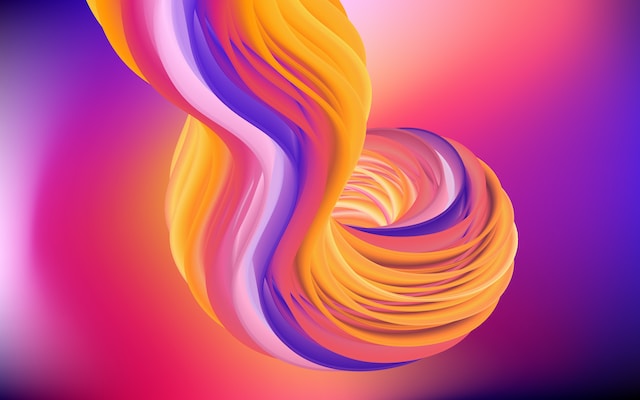
The subtleties in web design details can have profound impacts on user experience.
Breathing Life into Elements:
Fluid animations make static pages feel alive. They smoothly transition the user from one section to another, creating a seamless narrative. For example, Dropbox’s homepage uses delicate animations to transition between its product offerings, enhancing user engagement.
The Charm of Micro-interactions:
These are small, subtle animations that occur in response to user actions. A like button that pulses, a notification that wobbles, or a loading animation are instances. Such interactions, while minute, significantly enrich the user experience by providing feedback and guiding actions. Twitter’s heart animation when liking a tweet or Instagram’s animation for story progression is classic examples.
Web design's evolution is an embodiment of our changing digital landscape. From mere informational portals, websites have evolved into dynamic, immersive platforms that not only relay information but engage, connect, and inspire. As technology progresses, so does the expectation of users. They seek experiences, stories, and interactions that resonate on a personal level.
How to Design an Appealing Website in 2023?
The year 2023 has been pivotal in fine-tuning the balance between innovation and user experience. Here's a synthesis of the guiding principles:
- Human-Centric Design: The heart of your design should beat for its users. Everything from navigation to responsiveness should be geared towards delivering a tailored experience. Netflix’s personalized content suggestions or the Spotify 'Made For You' playlists exemplify this principle.
- Harmonize Minimalism and Maximalism: Make your website both minimalist and maximalist. Focus on the balance alongside with their individual appearance. Websites like Apple focus on the minimalistic charm, while platforms like Behance showcase the kaleidoscope of maximalism. The key is to let your brand's essence dictate the dance between the two.
- Embrace Web3 Elements: Stay relevant by integrating Web3 visual language. Remember, it’s not just about flashy crypto-inspired graphics, but about creating a space that feels ready for a decentralized digital future. Platforms like Decentraland effortlessly interweave these elements, paving the way.
- Nostalgia with Nuance: The '90s throwback isn't just a trend but a testament to the timelessness of genuine design. However, it’s vital to interlace this with modern sensibilities. Websites like BuzzFeed have managed to blend '90s charm with 2023’s sophistication.
- Interactive Storytelling: Engage your users with a narrative. Whether it's through parallax scrolling or immersive AR experiences, let your website tell a story. The New York Times with its visual essays exemplifies this approach.
- Prioritize Inclusivity: An appealing website is one that welcomes all. Ensure adherence to Web Content Accessibility Guidelines (WCAG) and create a platform that’s universally accessible. The initiatives by Google in accessibility tools set an example.
- Engage with Micro-interactions: It's in the details. Infuse your design with micro-interactions to provide subtle yet effective user feedback. Slack, with its delightful reaction animations, showcases how such tiny interactions can significantly boost engagement.
- Optimize Mobile Experience: In 2023, mobile browsing isn't just a norm; it's a necessity. Ensuring up-to-date mobile design is no longer optional. Websites like Airbnb have set benchmarks in delivering seamless mobile experiences.
- Focus on Functionality: Every website should have a task that has to accomplish. Even if you are a small business starting off with a WordPress website, you need to pay attention to specific design choices.
Bottom line
Brands that have been successful in this realm recognize the importance of a balance: between aesthetics and functionality, innovation and usability, storytelling and succinctness. It's not just about looking good anymore; it's about feeling right.
The trends highlighted above underscore a central theme: human-centric design. Whether it's through inclusivity, micro-interactions, or immersive storytelling, the focus has shifted towards creating experiences tailored for the individual yet accessible and enjoyable for all.
Embrace the change, anticipate the trends, and be prepared to journey ahead!
About the author
Copyright © . All Rights Reserved
